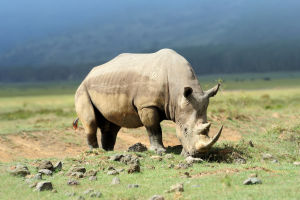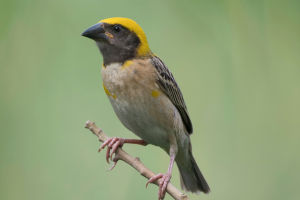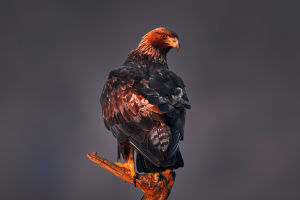The cuckoo is a well-known and eye-catching bird, recognized for its unique biology and behavior.
Its reproductive methods differ greatly from those of other birds, showcasing the complexity of natural ecosystems and the incredible adaptations that species make to survive.
The cuckoo has become a notable subject in ornithology due to its unusual reproductive strategy. Unlike most birds, the cuckoo does not build its own nest to incubate its eggs. Instead, it lays its eggs in the nests of other birds.
This behavior is known as "brood parasitism." The cuckoo selects a suitable host bird, such as a robin or thrush, and quietly places its eggs in the host’s nest while removing or destroying some of the host's eggs.
This ensures a greater chance of survival for the cuckoo's offspring. Cuckoo eggs are often remarkably similar in appearance to the host’s eggs, making them difficult for the host to detect. This process requires both skill and evolutionary wisdom, highlighting the cuckoo's ability to compete for survival.
Once the cuckoo’s chicks hatch, they grow rapidly and usually emerge earlier than the host’s chicks. After hatching, they use their backs to push other eggs or chicks out of the nest, ensuring they receive all the food and resources provided by the unsuspecting foster parents.
This behavior is a stark example of the competitive nature of survival, demonstrating the extreme measures some species take to ensure the reproduction of their offspring. For the host birds, they unknowingly raise an offspring that is not their own, expending energy on a chick with no biological connection to them.
While the cuckoo's parasitic behavior may seem shocking, it is a product of natural selection. This strategy allows cuckoos to save energy that would otherwise be spent on building nests, incubating eggs, and feeding their young. Instead, they invest these resources in more frequent reproductive activities.
This method significantly enhances their reproductive success, especially in difficult environmental conditions where resources may be limited. The cuckoo’s reproductive strategy showcases the advantages of such an approach in ensuring the survival of the species.
The brood parasitism of the cuckoo has not only fascinated scientists but has also become a popular image in culture and literature. In various cultures, cuckoos symbolize cunning, deception, and laziness due to their lack of involvement in raising their offspring.
However, some view the cuckoo’s behavior as a sign of wisdom and strategy, as their survival method reflects an ability to adapt to the environment.
In European literature, the cuckoo is frequently mentioned, especially in stories and poems where it symbolizes infidelity or deceit due to its habit of laying eggs in another bird’s nest.
Beyond its reproductive habits, the cuckoo's call has left a lasting impression in both literature and culture. The bird’s call is particularly loud during the spring, making it a symbol of seasonal change.
In traditional Chinese culture, the cuckoo's call is often associated with sadness and homesickness. Many ancient literary works mention the cuckoo, and its call is considered mournful as if it were lamenting an unfortunate fate.
This sense of sorrow becomes especially poignant during the season when the cuckoo returns, adding to the bird's tragic image. In ancient Chinese legends, the cuckoo is sometimes regarded as the incarnation of a lost soul, with its call conveying longing and sorrow.
Although the cuckoo’s reproductive behavior may seem cruel to some, it exemplifies the diversity and complexity of life as species adapt to their environment.
Every species has its unique strategy for survival, and the cuckoo has carved out its niche in nature through its distinct method. The cuckoo is not only a subject of biological research but also an important cultural symbol, often appearing in literature and art.
The cuckoo has captured people’s attention through its unusual biological behavior and cultural symbolism. Despite its seemingly harsh parasitic method, this strategy has proven highly successful from an evolutionary perspective.
The cuckoo effectively reproduces by parasitizing other birds' nests, leaving a lasting impact on both biological studies and cultural narratives.
Its story highlights the importance of biodiversity and adaptability as the driving forces behind nature’s continuous evolution. Through competition, symbiosis, or other interactions, every species, like the cuckoo, finds its way to survive in the natural world.


